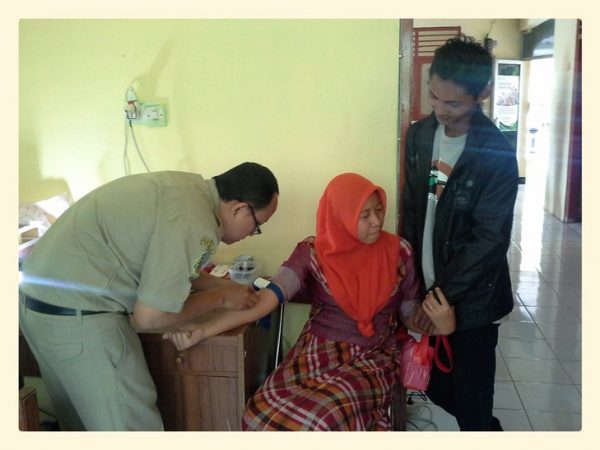
Anemia in children
When the red blood cells (RBC) count decreases below normal for your child’s age, in medical terms it is known as anemia. Anemia makes child appear pale, tired, weak. Child becomes cranky and inactive. Parents need to be aware of these symptoms and take preventive action to get back RBC to normal count in child.
Hemoglobin, a protein that makes RBC to carry and deliver oxygen to body parts. During anemic condition, this main work by RBC suffers due to insufficient number of RBC and associated hemoglobin. This supplies less oxygen to brain and child’s activity and learning ability reduces.
What causes anemia in children? Generally, children get anemic during their rapid growth and developmental stage. Infants in first and second year and when children reach adolescence anemic condition can happen.
- Body does not produce enough RBC due to lack of iron and other nutrients in diet. Iron deficiency is the most common reason for anemia in children
- When child suffers from illness- this results in less number of RBC
- Inherited red blood cells disorder (for ex. Sickle cell anemia)
- Autoimmune hemolytic anemia – when body’s immune system mistakenly attacks own RBC and destroys
- Bleeding – obvious blood loss during menstrual cycle or long term low grade blood loss in stool (as an example)
- Body producing red blood cells slowly
- Iron deficit food intake
Symptoms of anemia:
- Irritability
- Weakness – mild or severe
- Ashy, gray or pale skin appearance
- Easily getting tired
- Eyelids lining and nail beds look less pink
- May be jaundice
- Shortness of breath
- Increased heart rate or rapid heart rate
- Feet and hands swelling
- Low energy, dizziness
- Less focus and less performance (ability to learn)
- Headache
Pica behavior: Children with anemia may eat strange things such as clay, dirt, corn starch, raw rice, ice. It is called pica. It is temporary behavior. If your child tries to make this as part of daily meal then it is a problem. Usually pica behavior stops with anemia treatment.
Chronic iron deficiency in long term can lead to permanent impairment of child’s development.
Detection of anemia:
- Iron test: Total serum iron and ferritin tests helps to determine whether anemia is due to iron deficiency
- Hemoglobin electrophoresis: Identifies any abnormal hemoglobin types and inherited forms of anemia (sickle cell, thalassemia etc)
- Bone marrow aspiration : To determine the production of blood cells bone marrow test helps. It is also used to see leukemia type of condition that might be reason for anemia.
- Reticulocyte count: Counting young RBC that helps to see whether RBC production is at normal levels.
How to prevent anemia in children?
Eating well balanced diet is very important. Talk to your pediatrician on specific foods and dietary restrictions based on the type of diet your family has. Sometimes nutrition supplements is needed for child to get back to normal RBC count.
- If you have a baby, give your baby formula with added iron. Ask your doctor about proper baby formula.
- For young children grains and cereals have added iron – for this study the label.
- Lentils, Instant oatmeal, spinach, whole wheat bread, peanut butter, brown rice, potatoes, beans (kidney, lima and navy), raisin, spinach, kale, beets, fig – yellow and green vegetables supply good amount of iron
- Encourage your child to drink citrus and orange juice. Vitamin C that is present in these juices increases iron absorption.
- Foods like beets, garlic, apricots, almonds, broccoli, molasses, banana helps in prevention of anemia
- For those children, who have inherited RBC condition – parents should talk to pediatric hematologist to get proper education about your child’s condition.
When you observe the symptoms or signs of anemia in your child, talk to pediatrician. Find out the reason for anemia. With proper treatment child will recover quickly.
Read more here:
- https://www.medicalnewstoday.com
- https://www.healthychildren.org/
- www.kidshealth.org
Image credit: “Anemia Screening | Indonesia” by CDC Global Health is licensed under CC BY 2.0
Author: Sumana Rao | Posted on: December 28, 2017






















Write a comment